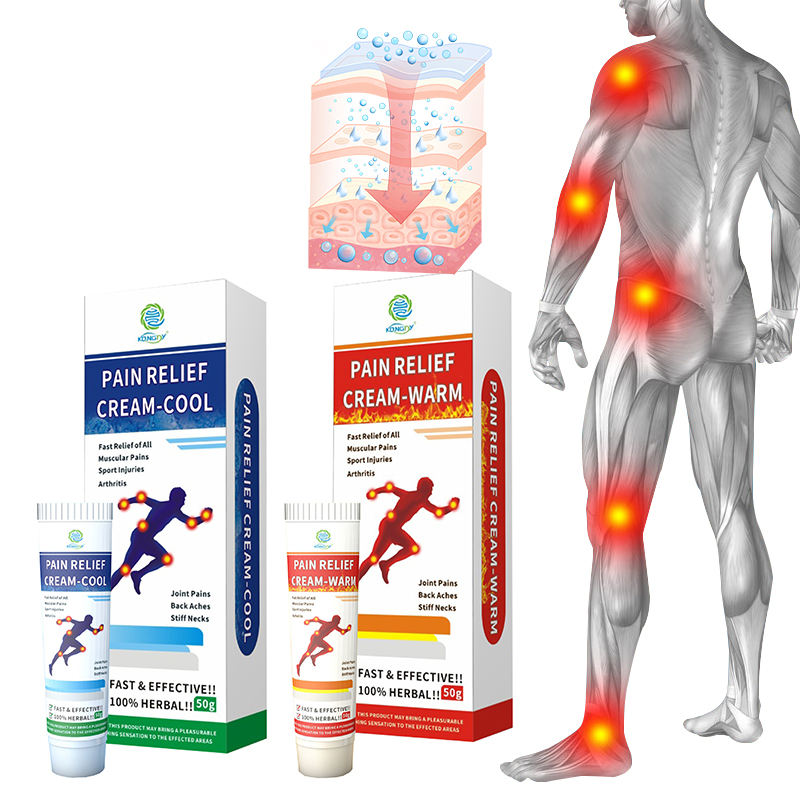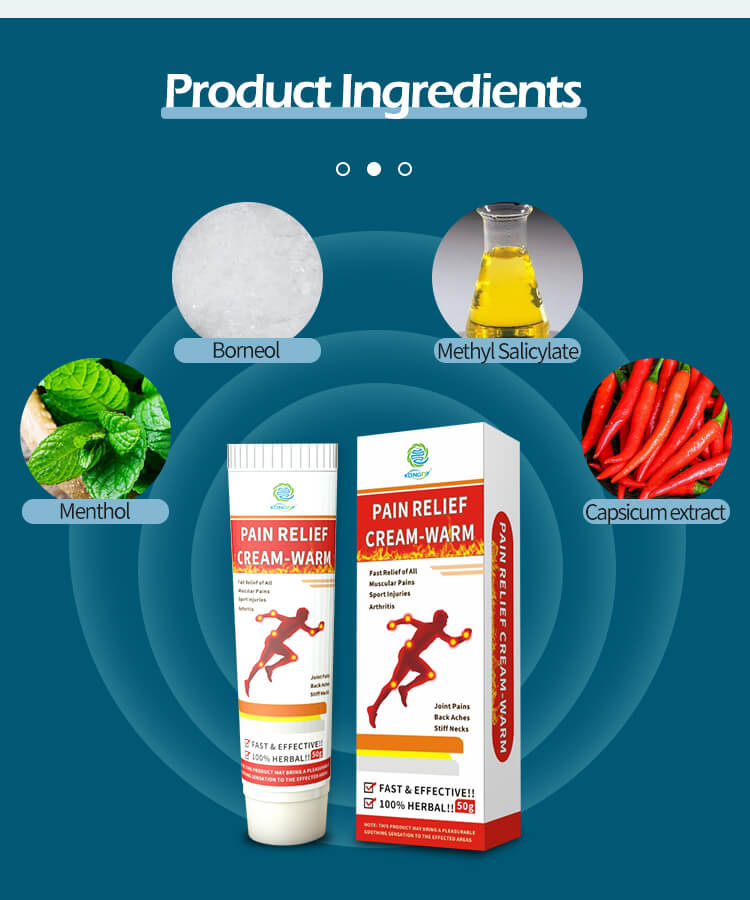Understanding patient sensitivity to Topical Pain Relief Cream can help manufacturers optimize user compliance and satisfaction. This article reviews the results of an evaluation of the key factors for the use of Pain Relief Cream, including efficacy, side effects, convenience, and more.
- Effects and effects of Pain Relief Cream
A survey of chronic pain patients found that approximately 60-75% of patients reported experiencing pain relief within 30 minutes of using Pain Relief Cream. - Effects of Pain Relief Cream
Among osteoarthritis patients, approximately 60% reported improvements in physical function and participation in activities of daily living after daily use of lidocaine or other topical pain relief formulations.

- Effect of Pain Relief Cream on quality of life
In multiple pain surveys, Pain Relief Cream improved self-reported quality of life measures in 50-60% of patients due to reduced pain and improved function. - The role of Pain Relief Cream in multimodal treatment
More than 80% of users surveyed said Pain Relief Cream works best when combined with other physical therapies, lifestyle changes and oral medications.
Conclusion
The survey indicates that, while the drug is convenient rather than systemic, the long-term use of topical analgesics remains challenging if expectations of relief have not been achieved or lifestyle changes have not been made. Incorporating the cream into a multimodal treatment regimen can improve compliance and satisfaction.






